The entrance gate opens and our journey through German history begins. Interactive, multimedia and full of excitement, we are on a tour of discovery in the Deutschlandmuseum.
To be honest, when someone says to me: “Are you coming to a museum about the history of Germany?”, I dread shards of clay, boring documents and statues. You won’t find any of that at the Deutschlandmuseum, which gave me an exciting time that I hadn’t expected. But I wasn’t the only one who was visibly thrilled. There were lots of children (estimated to be aged 7 and over) in the Deutschlandmuseum who were so fascinated that I wished I had experienced such exciting history lessons as a schoolgirl.
It all begins with the Germanic tribes
We have now stepped through the entrance barrier and are standing in the middle of a dimly lit forest. Between the trees, we discover people sneaking around and a display wall with a lot of information tells us which time period we are currently in. We are with the Germanic tribes!

We look around curiously and discover some consoles on which we can playfully request information about this era and put our knowledge to the test in a little quiz. Completely fascinated, I watch a father and his daughter looking at the Romans’ opinion of the Germanic tribes. In a small cartoon-like film, the prejudices are wonderfully portrayed and the two ways of life are compared. I think it’s a great presentation, simple and easy to understand.

Admittedly, if you were hoping for an in-depth look at the time of the Germanic tribes in Germany, you would be better off visiting a different museum. In the Deutschlandmuseum, as we were to learn during our tour, several epochs are addressed. The period is described in a factually correct but very minimalist way and, above all, made tangible. For me, this is a great, modern concept that offers a varied visit to “museum grouches”, families and history fans alike. If you want to delve deeper into the subject, you can visit one of the many other museums in Berlin.

From the early Middle Ages to the High Middle Ages and the Reformation
The path out of the forest with the Germanic tribes leads us into the Middle Ages. Here, for example, Charlemagne and his campaigns take centre stage. But we also learn a lot about the time of Emperor Otto.

I think the system of estates and dependency of the population in the Middle Ages is very well presented. A great animation shows, for example, who collected money and which estate offered which protection to whom. Simply presented and easy to understand.

A look out of the window shows a battle between knights, farmers at work and the battlements on the walls outside the town. And here, too, there are plenty of opportunities to get active and “grasp” history in the truest sense of the word.

The era of the Reformation is depicted after the Middle Ages. We enter a printer’s workshop, one of the most important inventions for people, as it now offered more and more people the opportunity for education. Here, too, I was able to become active myself and design my own bookmark on an “old” printing press in combination with modern computer technology.
What a great experience it is to select a letter and print it in different fonts and background layouts. But you don’t just press “Print”, you operate the printing press yourself.

Time travel continues
The next epochs to be examined in the Deutschlandmuseum are the Enlightenment and the German Confederation.

Well-known “heads” of the Enlightenment can be seen and quotes from their works can be heard. If you listen carefully, you will hear one or two statements that fit in very well with today’s zeitgeist.
The German Confederation is the period in which the small states gradually merged to form the “entity of Germany”. You can “crank up” the development on a large map. I have to admit that this presentation reactivated some of my hidden school knowledge and made connections clearer.

My personal highlight in this room, however, was the topic of the German flag. I was asked on a screen to guess what the colours symbolised. I was able to type in my guesses and then received a solution, which I won’t reveal here, of course.

What I really liked, however, was that a flag was generated from my answers with the help of an AI. Of course, I had to try this out again with completely absurd answers.
My choice: black=mourning, red=wine, yellow=beer!
The result is great!
Dark times at the Deutschlandmuseum
The next eras we experience on our tour are the German Empire, the Weimar Republic and National Socialism. Here I experience a rollercoaster of emotions – from sadness and horror to joy, everything was there. It all started when we walked through the sounds of war and felt like we were moving forwards in a trench. What a terrible feeling…

I then experienced the exact opposite in a recreated street from the Weimar era. Great music was playing here and the shop windows displayed the latest goods of the time. Only if you took a closer look did you discover the black market and gang crime in the hidden corners.

Then we moved on to the next dark period of German history, National Socialism.
Here I was able to observe a family with a boy who was perhaps 7 years old. The boy certainly had no previous connection/information about this era and went in completely unbiased. He was not familiar with the large shadowy figures in very clear political poses and tried to imitate the posture, just as children imitate the poses and gestures of athletes or stars without learning anything about the background.
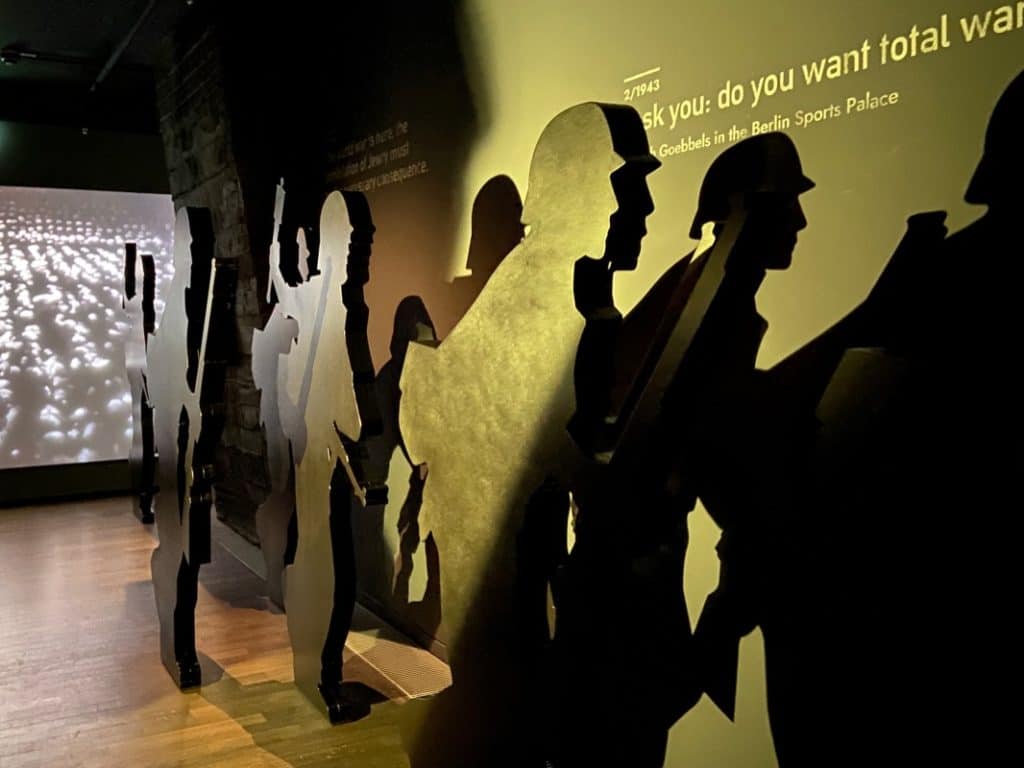
I immediately got a great reaction from the mum, who took him to her and went through this section and gave some explanations that were understandable for this age as to why you shouldn’t do this pose. The boy was visibly impressed and asked lots of questions.
German-German history
The exhibition concludes with the German-German division and the history of Berlin. Beginning with the impressions after the Second World War, the women in ruins and the destroyed cities, the exhibition also looks at both states.
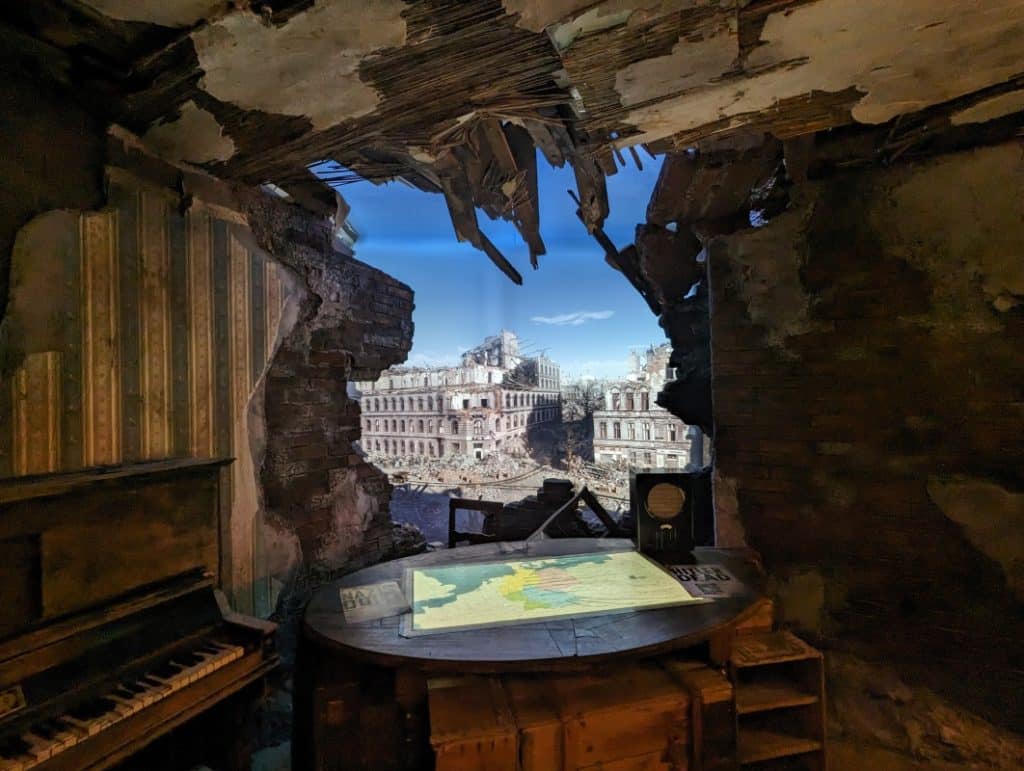
This is where I began to experience a glimpse into the past. The quiz showed how much I knew and experienced. The comparison was also great – this was what was available in the West and this was the comparable product in the East. Not forgetting the view into a then modern flat, which today, after just 50 years, already has museum value.

Of course, the topic of reunification is also addressed, which then forms the end point of this exhibition. You leave the museum through a Berlin East and West underground train.

Is a visit to the Deutschlandmuseum worthwhile?
We really enjoyed the visit! As the saying goes: knowledge can also be fun. That’s exactly what I experienced here.
Fortunately, the museum’s organisers have decided not to show the whole of German history, but to present excerpts that give an insight. You experience history interactively and so something remains in your memory.
We left the Deutschlandmuseum after almost 1.5 hours with a smile on our faces and had an eventful time. What more could you want?
Address:
Deutschlandmuseum
Leipziger Platz 7
10117 Berlin-Mitte
Opening hours:
daily: 10-20 h
Ticket prices:
Admission prices vary depending on the time of day and how busy the museum is and range from €11 to €21. Of course, there are also discounted tickets.
Tickets are always sold for specific time slots, which you must adhere to when entering (admission window 15 minutes).
If you want to remain flexible in your time planning, you can book a flexible ticket. However, this is then more expensive.
Good to know
At the Deutschlandmuseum in Berlin, you can experience over 2,000 years of German history. The visit is multimedia-based and offers unique experiences.
Yes, tickets for the museum visit are available online and on site. You can find online sales here
The best way to get to Potsdamer Platz is by underground, S-Bahn or bus. From there it is only a few metres on foot.
There are pay and display car parks from which you can quickly reach the museum:
Mall of Berlin multi-storey car park
Entrance via Voßstraße or Wilhelmstraße
Potsdamer Platz multi-storey car park
Platz car park Entrance via Linkstraße, Ludwig-Beck-Straße or Schellingstraße
Sony Center multi-storey car park
Entrance via Ben-Gurion-Straße or Bellevuestraße
Yes, there are lockers for small bags and jackets. The deposit for the locker is €1.
Yes, various guided tours are offered. These can be arranged individually with the provider. There are also special offers for school classes.
Here, history is combined with playful activities. The organiser recommends a visit for young visitors aged 6 and over.
Yes, the texts are also available in English everywhere.
The visit to the Deutschandmuseum was by invitation.














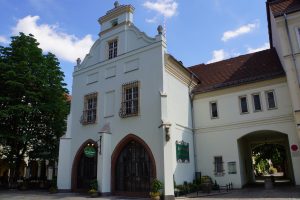

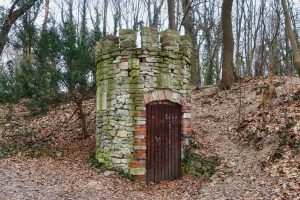












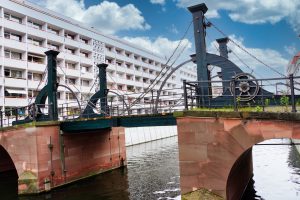
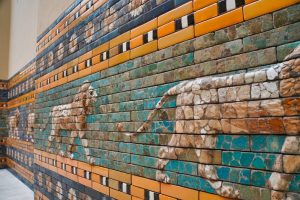













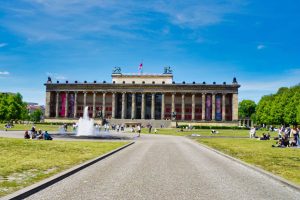





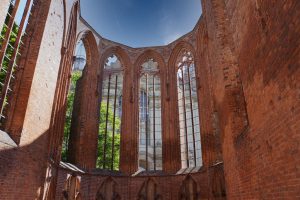







































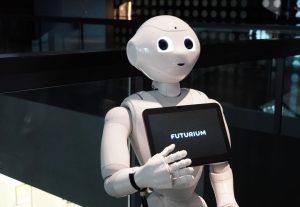




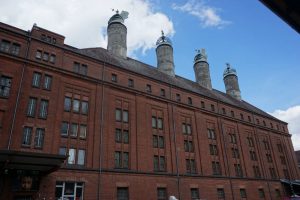





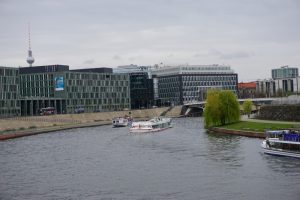









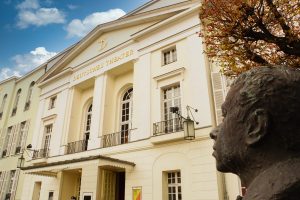


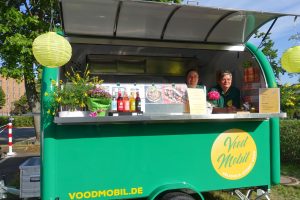















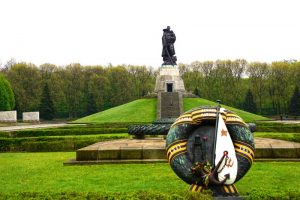














Leave a Reply